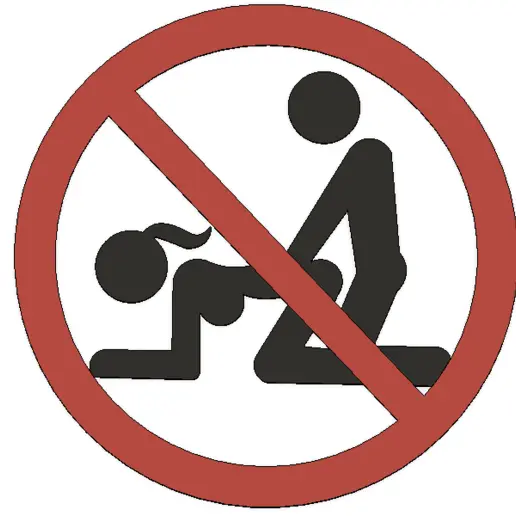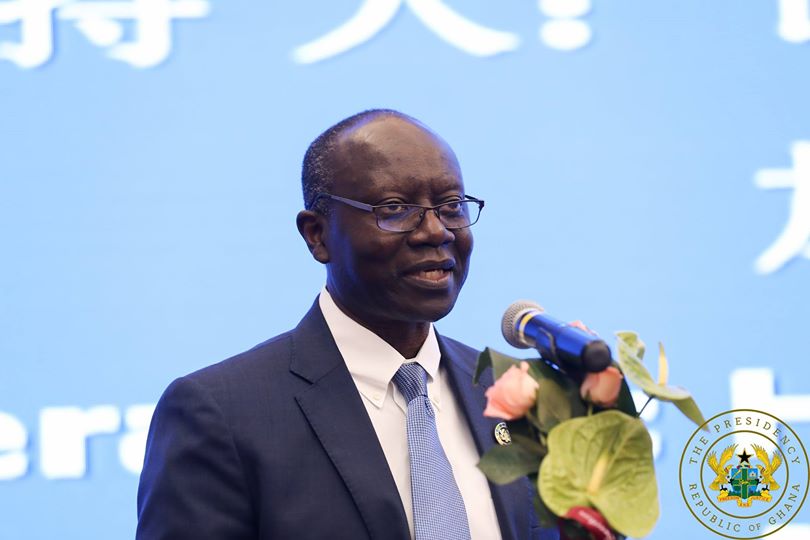Okadjakrom is about 155 miles northeast of the capital Accra across the Adome bridge and is one of the 37 towns that make up the Buem enclave or Jasikan district in the Oti region of Ghana, West Africa. The geographical location is 7° 24′ 0″ North, 0° 26′ 0″ East. It has a population of about 6,000 Leleme speaking native Buems. As members of the Beum tribe, their ancestors are among the early settlers who migrated from the Mosies empire that had existed in present-day Burkina Faso. The empire started around the 11th century and lasted till the French conquered the area in 1896. Natives are primary subsistent farmers cultivating rice, cassava, corn, yam, vegetables, and small-scale animal husbandry; however, cocoa cultivation is big in the town. It led to the crowning of two native farmers Nana Takyi and Papa Kwadjo Kramo, as successive Volta regional chief farmers when the Buem enclave was part of the region. The recent quarry project has brought another form of economic activity to the town.
The current chief is Nana Osaberima Atwi Adjei. The divisional clans include the Aniwa, Ebucase or Adjei, Ahyediase, and Aniwa clans. The majority of the native are Christians though there is also a thriving Muslim community in the Zongo section of the town. The Presbyterian Church was one of the first Christian denominations introduced when Basel Missionaries from Switzerland came down around 1893. There was confusion about whether the local Presby church is part of The Evangelical Presbyterian(Ewe Presby), led by the Ewe speaking leadership, or The Presbyterian Church(Akawapim Presby), led by the Akwapim speaking leadership. This created turbulence and squabble among the local congregation. Angry members of one faction at some point threaten to cut down the Church bell. In the end, the whole assembly decided to stick with The Akwapim Presbyterian. Today the Okadjakrom is home to serval church dominations, including The Seventh Day Adventist Church, The Church of Pentecost, and more.
History and cultures.- no dogs and whistling allowed
Odjakrom has a reputation in the Buem traditional area as the town with no dogs because natives could not have a man’s best friend in their homes. Dogs brought in in defiance, unfortunately, do not survive very long. This rule’s rationale is not clear, but having dogs roaming around town can have its challenges, so it might not be such a terrible idea, after all. Stories told over the years suggest that rule is there to appease the maternal god of the town Nana Abrewa.
Dogs, they say, backs and disturb her when she comes out at night. She is said to be the inhabitants’ protector, so she patrols the town’s length and breadth at midnight to ward off evil spirits. Another taboo in Okadjkrom is that whistling at night is not allowed.
Okadjakrom is also home to Otobo, a big tree in the town’s center said to be hundreds of years old. It has served for many years as the staging area for their warriors to ritually protect and cover themselves with the armor of the gods before heading out to war. Elders are quick to point out that none of the 42 natives who fought in Burma as part of the British Empire perished though most of them engaged in combat, attributing this to the rituals under Otobo. A war historians believe claimed over 28,000 lives.
The founders of Okadjakrom are two brothers who moved from the early Buem settlement in Betiase at present-day Bodada. Aniwa and Nyanya moved there in search of more land and resources. When it became necessary to elect a chief because the population had grown considerably, Aniwa offers his son Kodam as the first traditional ruler. After Kodam’s rule, the elders decided to choose Adjei as the royal name of the throne. The next successor after Kodam is Nana Adjei I. It is not clear what the early settlers named the place but accounts handed down over the years indicated that Nana Adjei II named the town after his son Okadja. The rationale behind this crucial decision is not known. However, there are speculations that Okadja had become very instrumental in organizing the settlement into a fledgling town in the enclave.
Okadjakrom has since maintained their allegiance to The Buem Paramount Chieftaincy in Bodada and plays a principal role in selecting a successor to the throne anytime it becomes vacant. The chief of Okadjakrom holds the position of the Twafohene (Path Maker) of Buem. As the title implies, the traditional leader of Okdjakrom and his warriors’ primary responsibility is to secure a passage ahead of the Buem Paramount Chief during wars. Though the title is now mostly symbolic, the allegiance is often on display during the rich Buem cultural pageantry held when a chief or an elder of any of the towns in Buem passes away.
Okadjakrom has always fought gallantly alongside their fellow natives to defend Buem territory from attack by other tribes. Some of the significant wars included the Ashanti push to overrun the area and block trade routes between the coast and the north in 1865 and the Fregusu war. Evidence of their gallantry and bravery always go on full display when local warriors adorn the relics and spoils of war captured in these wars during the funerals of chief and elders.
Okadjakrom does not celebrate a festival unique to the town; however, it has always participated in the Buem multitown yam festival celebration. The celebration will start from one town, with the culmination ending at Budada. The frequency of the festival has dropped drastically in recent years. Hopefully, the youth’s renewed interest in their cultural heritage will lead to the festival’s revival. The economic impact of such a celebration can be tremendous, so hopefully, the elders will see the youths’ wisdom and embrace the idea. Dances performed in the town include the Kpalogo, Dudu, and Akonfudi. The first two are done for entertainment and during any regular funerals. Akonfodi is performed with Fontomfrom drum and is only on special occasions, such as at the funeral of a chief or prominent elder.
Okadjakrom can boast of serval highly educated and high achievers who grew up or hail from the town. Some of these prominent individuals include Dr. Godffery Kumi Otenpong, who build and a public elementary school in memory of his deceased father in the town, and the recently appointed judge Sheila Minta.
Two hospitals are within a short drive from the town. The nearest is The Jasikan Districts Hospital, about one kilometer away, and the Worawora General Hospital, about 18 kilometers away. Schools in town include Okadjarom Senior High Tech School (OKASECTECH). The police station is about a mile away in Jasikan.






















Comments 2